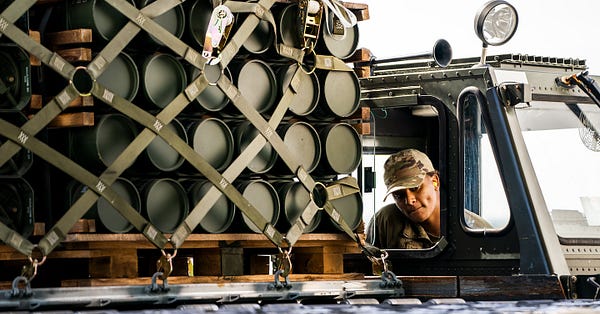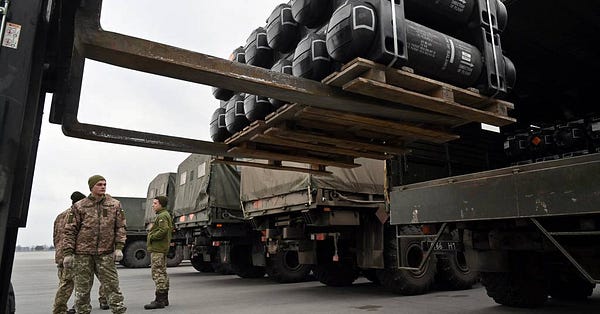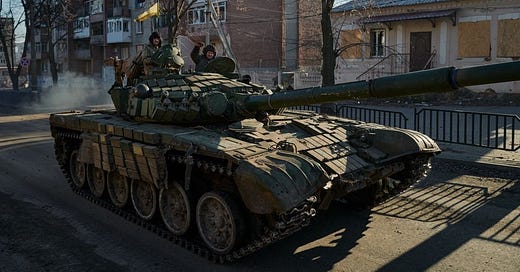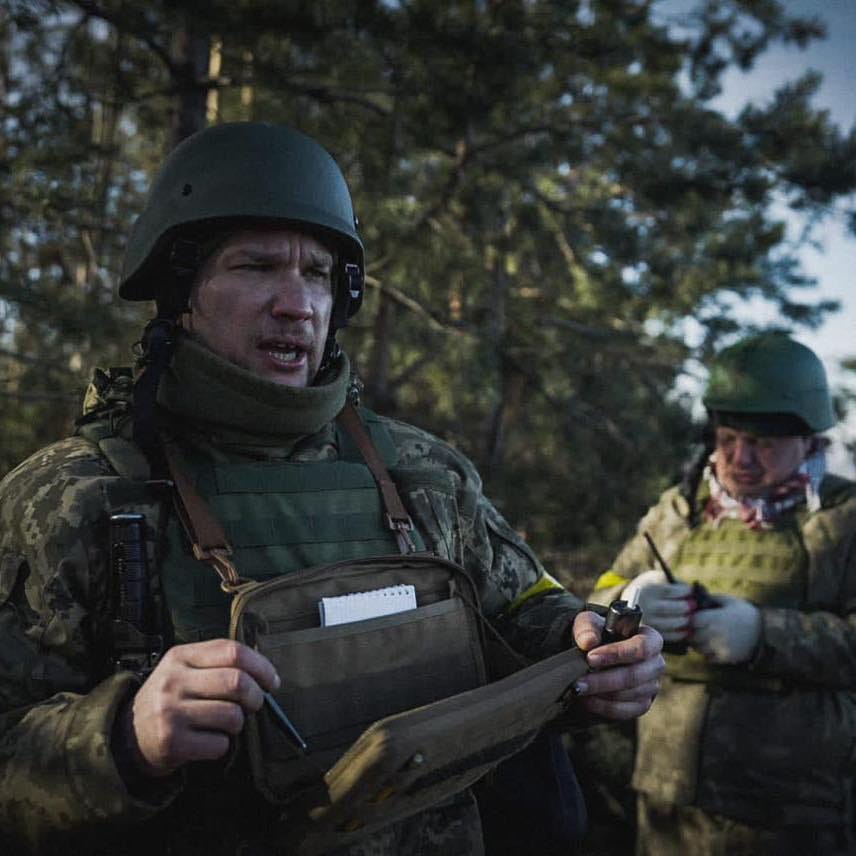Mick Ryan: The future trajectory of the war
There is much in the war in Ukraine we do not see. The struggle on the ground is dynamic, and the correlation of forces can be unclear. This makes predictions about the future trajectory of the war nearly impossible.
However, there are certain variables which are likely to have a significant impact on the course of the war in 2023. I believe there are five key variables, which depending on the approaches of Russia and Ukraine, will shape this war in the coming year.
Variable 1 is effective conservation of ammunition and the capacity of the west to increase defence production. The war in Ukraine is the first in three decades to challenge post-Cold War defence industrial and strategic logistic models.
Drawdowns of forces and consolidations of defence companies in the wake of the Cold War saw smaller military organisations demanding less equipment and ammunition, and stocking less, than had been the case for the preceding decades.
But consumption rates in Ukraine of precision munitions (anti-air and anti-tank missiles as well as ground attack rockets and missiles) has drastically reduced the munitions held by Ukraine, Russia and many of their allies and partners.


But even with more conservative use of munitions, large amounts of ammunition will be required by Ukraine in offensives to take back occupied territory. The medium-term solution is to this to expand the production capacity of Western defence industry.


Variable 2. The next variable is the ability of Ukraine & Russia to mobilise, train and deploy its troops. Ukraine mobilised its forces early and has been constantly training regular and territorial forces for defensive and offensive operations.
Reportedly mobilising around 700,000 troops, the Ukrainians have an advantage in numbers (at this point) as well as motivation for their soldiers.
The Russians, after suffering massive losses in northern Ukraine, and the Donbas, finally undertook a ‘partial mobilisation’ from September last year. While initially chaotic, the Russians appear to have streamlined mobilisation of person to fight in Ukraine.
The influx of tens of thousands of new Russian troops, and the potential mobilisation of more in 2023, presents a challenge for Ukrainian strategy moving into 2023. The ability for either side to most effectively mobilise their people is a key variable in the war.
Variable 3 is the willingness of the west to provide more sophisticated ground and air offensive capabilities to Ukraine. The West has taken a stepped approach to providing sophisticated weapons, avoiding the provision of tanks, fighter aircraft and long-range missiles.
Part of the theory for this is to ensure that training and logistics can be undertaken to ensure that the systems provided to Ukraine are supportable over the long term.
But, there have also been some in the US and Europe who have seen the provision of more advanced weapons such as tanks and the long range ATACMS missile as escalatory. But, Ukraine can’t win this war by defensive operations only.
A turning point in 2023 will be reached if the west flings off this unnecessary fear – what @EliotACohen has called ‘baloney realism’ - and gives Ukraine the offensive capability it needs to take back all of its territory.
Variable 4. An interesting variable is the willingness of China to remain ‘neutral’ in this war. There are several reasons for China’s reticence including trade with the US, but its ‘neutrality’ so far has benefited Ukraine.
China still imports Russian coal, LNG and oil, providing revenue for Putin’s regime. However, should the Chinese decide assisting Russia is more important than its trade relationship with America, it could see a significant shift in Russian fortunes.
Variable 5. A final variable is the strategic leadership of @ZelenskyyUa, Putin & Biden – and their ability to nurture & sustain the will of their people. Putin’s direction launched this war, and Zelensky’s leadership has united a nation to resist the Russian onslaught.
Biden’s leadership has been vital in hardening western resolve and coordinating a steady flow of aid to Ukraine. In 2023, Biden & Zelensky will be under greater pressure, from Europe and some in the US Congress, to explore peaceful resolutions to the war.
Putin, on the other hand, is playing for time, hoping that the west gradually tires of the war in 2023. The ability of Biden & Zelensky to keep Europe & America unified in its support for the Ukrainian war effort in 2023 will be a key variable in the year ahead.
There are other variables that might also be considered in the coming year. These include how effective each side is in strategic influence operations, economic factors or the potential for events in the IndoPacific to draw attention and resources from Ukraine.
Nothing in war is certain. Despite some very fine articles that have recently explored scenarios for 2023, we cannot predict future human actions or the outcome of this war.
By exploring different variables however, we might be able to ascertain Russian weaknesses that can be exploited. We might also ensure that the right kinds and quantities of support are provided at the right time to #Ukraine in the coming year.
Thank you to the following, whose images and links were used in this thread: @an_gry @TDF_UA @DefenceU @washingtonpost @business @TheAtlantic @Militarylandnet @euronews @defense_news










